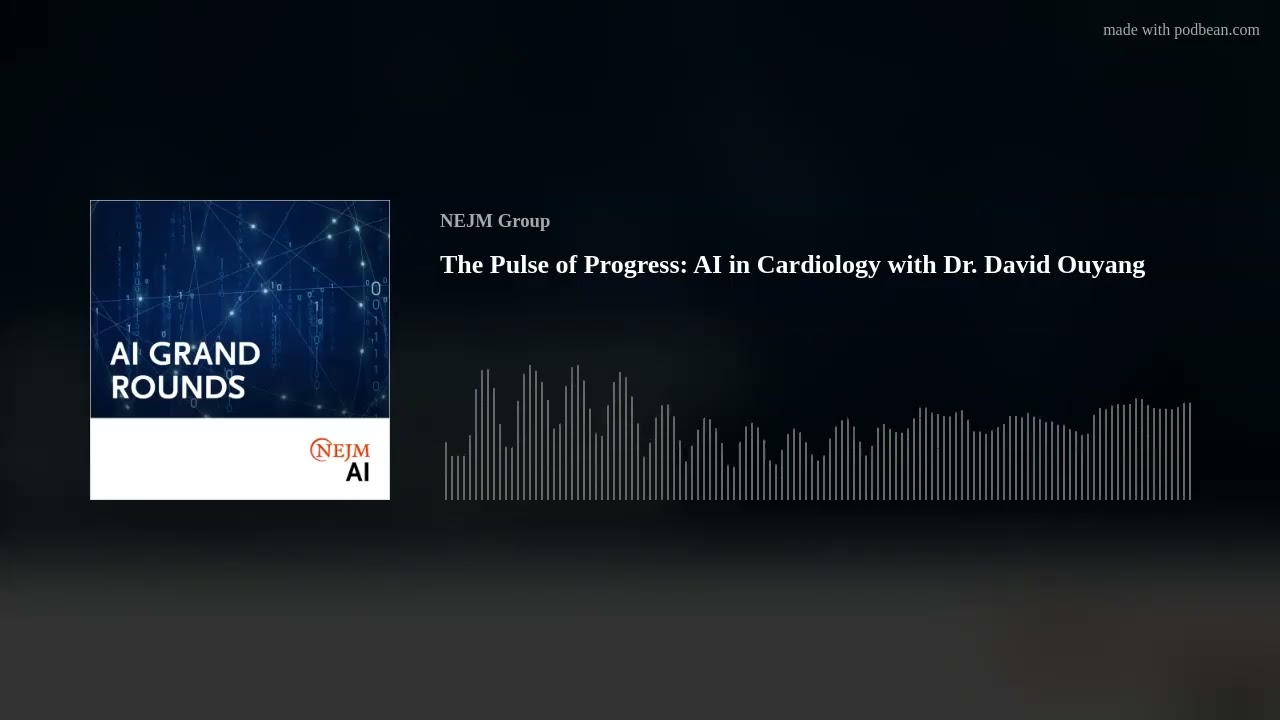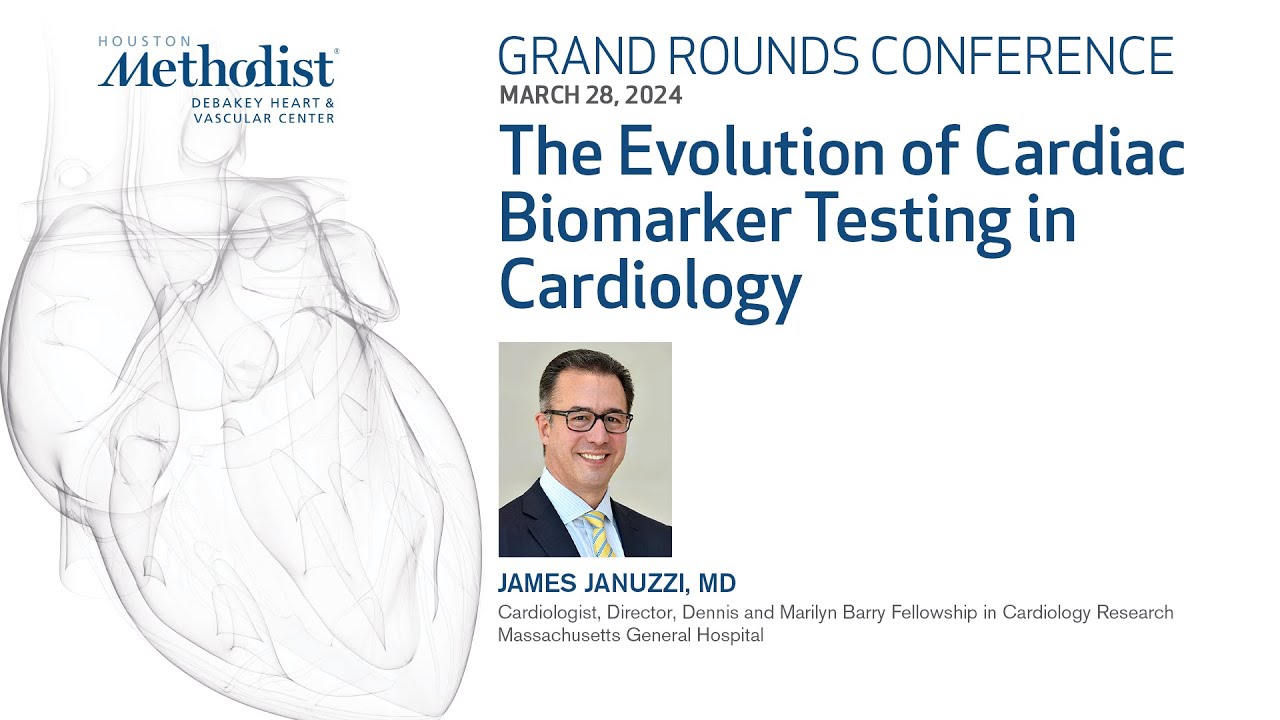Rotational coronary angiography accurate with less radiation, contrast
Reuters Health • The Doctor's Channel Daily Newscast
“Considering the complex anatomy of the coronary arteries, conventional coronary angiography is performed using multiple static views (e.g. at least 6 for the left, at least 2 for the right coronary artery in most cath labs),” Dr. Klaus Empen explained in emailed comments to Reuters Health.
“In order to reduce contrast medium consumption and radiation exposure,” he continued, “rotation of the C-arm during X-ray scanning has been established for non-coronary angiographic procedures, particularly in the diagnosis and treatment of cerebrovascular disease. During rotational scans multiple views can be obtained during one injection of contrast medium.”
Dr. Empen, at Ernst-Moritz-Arndt University in Greifswald, and colleagues point out that the technique hasn’t been evaluated for coronary angiography. To investigate, they performed both procedures in 235 patients with indications for coronary angiography.
As described in the report, “In addition to conventional angiography, we performed two isocentric radiographic coronary spins with cranial and caudal tilts by 20 degrees around the left coronary artery and 1 strict posteroanterior rotational spin around the right coronary artery.”
Rotational angiography was not performed in 16 patients for safety reasons, and image quality was inadequate in 12 other cases, leaving 207 pairs of angiograms suitable for analysis by three independent cardiologists.
Diagnostic concordance between the two modes “was almost perfect.” On the basis of conventional compared to rotational angiograms, coronary heart disease was diagnosed in 85 versus 84 patients by the first observer, 87 versus 87 patients by the second, and 100 versus 102 patients by the third observer.
The amount of contrast medium used was 52.2 mL with conventional angiography and 31.9 mL with rotational coronary angiography (p<0.001). Corresponding radiation exposures were 11.5 vs. 5.0 Gy x cm².
Summing up, Dr. Empen and colleagues write: “We conclude that rotational coronary angiography is a promising alternative method to conventional coronary angiography in clinical routine.”
Dr. Empen added, “Taken together, especially in young patients or among those at high risk for developing contrast medium-induced nephropathy, invasive high-resolution rotational coronary angiography with diagnostic accuracy equivalent to conventional coronary angiography and lower consumption of contrast medium should be considered a potentially advantageous diagnostic alternative to noninvasive CT coronary angiography or conventional coronary angiography to rule out or to confirm coronary heart disease.”
Reference:
Comparison of rotational with conventional coronary angiography
Am Heart J 2010;160:552-563






